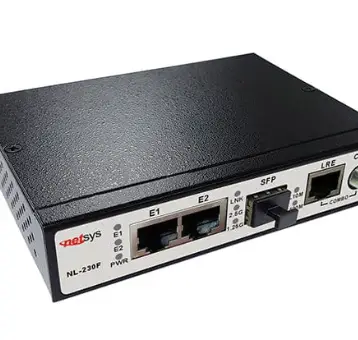
If you look at communication in the past, you’ll realize that communication services have come a long way. A few decades ago, mobile subscribers had to rely on multiple service providers to stay in touch with each other. But now? Thanks to the innovation in network infrastructure, they can access mobile services from a single service provider. One of the vital network infrastructural developments has been the TAS (telephony application server). In IMS networks, this system serves as a back-to-back SIP agent in IMS (IP Multimedia System), which maintains the call state.
But how does a TAS do this? An IMS typically features three key components: service, transport, and control. The transport and control components provide integrated and standardized network platforms that allow service providers to offer multimedia services in the service layer. The TAS falls under the service/ application component, which facilitates the access of specific services by subscribers. An excellent example of this end-user logic would be messaging and videoconferencing. What’s more, you can install a TAS to facilitate more than one service to the mobile subscriber.
TAS Applications
At the fundamental level, a TAS serves the following roles:
- It provides the service logic to invoke media servers to support call progress tones and announcements at each stage of the call, and
- It facilitates basic call processing services such as call conferencing, call waiting, digit analysis, etc.
And if you look deeper into what a TAS can do in any network infrastructure, you uncover that it can serve roles such as:
- Ensuring that incoming calls get routed to the selected device,
- Initiating calls to clients,
- Providing access to call history records in a device,
- Managing user and configuration data, and
- Provisioning remote administrative features.
These are but a fraction of what the TAS can do. And as stated earlier, it can serve an array of functions dependent on its integration into the IMS service component. You can use it as a SIP application server, a CAMEL service environment, or an OSA application server, all of which would have different perks. You can also choose to have all three servers as one unit, thus giving rise to the overall TAS, which integrates voice, instant messaging, video conferencing, and mobility in a device in any network.
The Agate TAS
A good TAS should meet the following requirements:
- It must support a wide range of end-user services,
- It must be easy to customize,
- It should support open environments,
- It should be universally accessible,
- It should allow for the independent evolution of services and network infrastructure, and
- It should facilitate the rapid creation and deployment of services.
The Agate TAS features an open, robust, and flexible structure that enables it to integrate with existing SS7 and IMS network infrastructure. The open standards and APIs in play enhance service creation while eliminating vendor lock-in. Moreover, it boasts high reliability and quality due to its use of open-source and branded systems. As a result, you can provision it with a wide range of off-the-shelf SS7, IMS, and converged services. And you can use it to deliver a wide range of services such as charging control, location-based, call control, enterprise, and other custom uses.
The Agate TAS architecture not only works with IMS networks but is also compatible with BSS/OSS, IT systems, and SS7 networks. So, you can enjoy a smooth transition from SS7 networks to LTE/VoLTE networks. It’s a great way to reduce the time to market, as you can deploy it on its network. If you want to learn more about integrating the Agate TAS with your services, you can read more about its applications Elitnet website.










